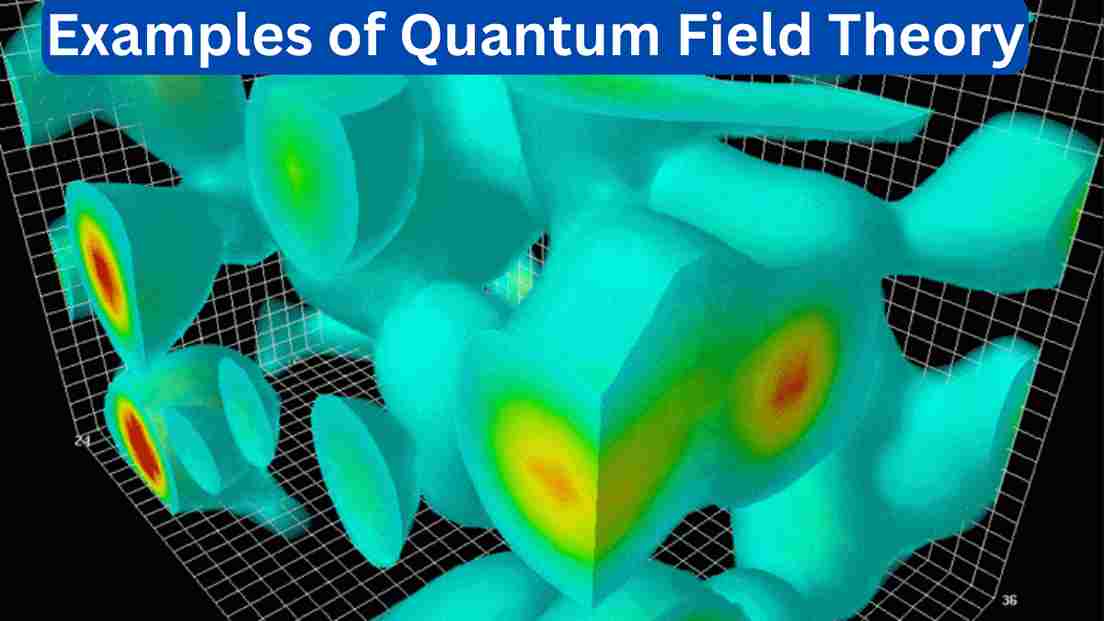10 Examples of Fusion Reactions
Fusion reactions unlike fission reactions involve the merging of atomic nuclei and release immense energy. They are the driving force behind stars, including our sun, and hold the promise of clean and virtually limitless energy on Earth.
Examples of Fusion Reactions
Here are the 10 examples of fusion reactions.

1. Hydrogen-Hydrogen Fusion
Hydrogen-hydrogen (H-H) fusion powers stars, including our sun. In this reaction, two hydrogen nuclei combine to form helium, releasing a substantial amount of energy.
2. Hydrogen-Deuterium Fusion
Hydrogen-deuterium (H-D) fusion is a crucial step in the hydrogen fusion chain. It occurs in stars and is a target for future nuclear fusion energy projects.
3. Deuterium-Deuterium Fusion
Deuterium-deuterium (D-D) fusion is a key reaction in experimental fusion research, and it’s considered a potential fuel source for future fusion reactors.
4. Tritium-Deuterium Fusion
Tritium-deuterium (T-D) fusion is another fusion reaction of interest for future energy production. It releases more energy than D-D fusion.
5. Boron-Proton Fusion
Boron-proton (B-P) fusion, also known as the p-B11 reaction, is a candidate for aneutronic fusion, producing minimal radiation. It’s being explored as a clean energy source.
6. Helium-Helium Fusion
In more massive stars, helium-helium (He-He) fusion plays a significant role in energy production, contributing to their long lifetimes.
7. Carbon-Carbon Fusion
Carbon-carbon (C-C) fusion occurs in the cores of massive stars during their late stages of evolution.
8. Oxygen-Oxygen Fusion
In the most massive stars, oxygen-oxygen (O-O) fusion can occur, leading to the formation of heavier elements.
9. Lithium-Hydrogen Fusion
Lithium-hydrogen (Li-H) fusion reactions are studied in the context of experimental fusion research due to their potential as fuel sources.
10. Helium-Beryllium Fusion
Helium-beryllium (He-Be) fusion is of interest in astrophysics and laboratory research, contributing to our understanding of stellar evolution.

 written by
written by 





Leave a Reply